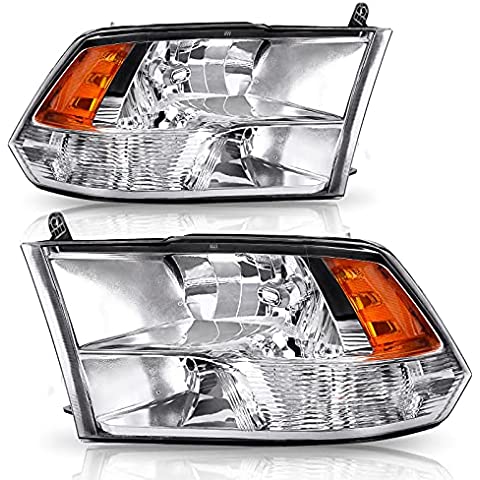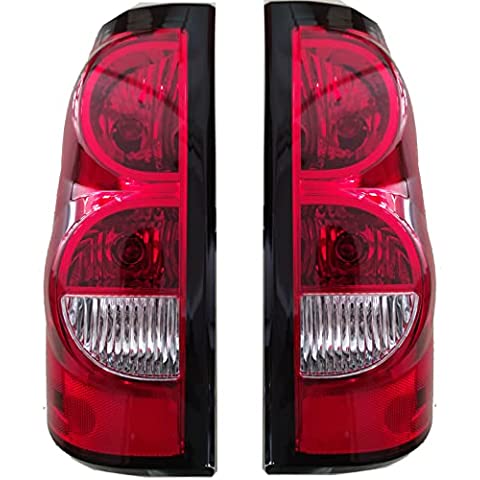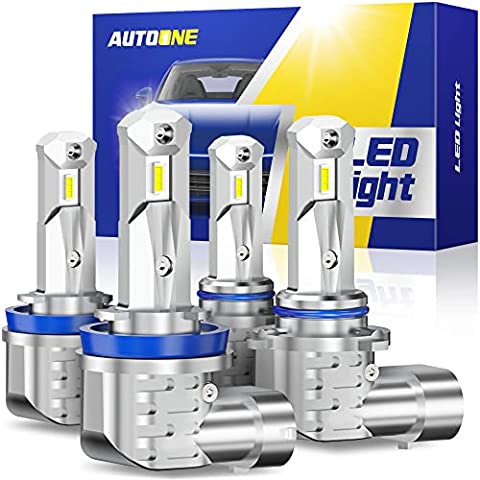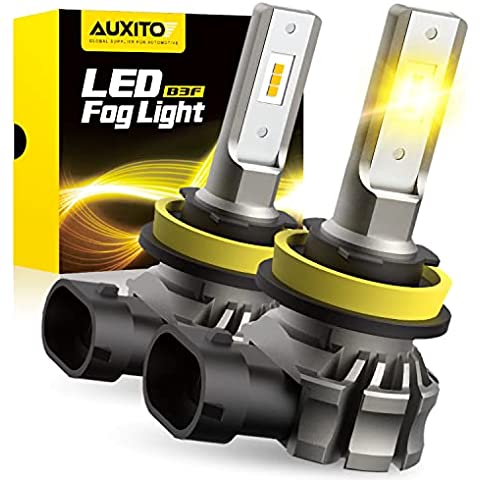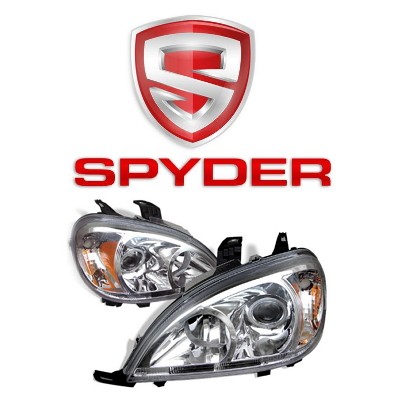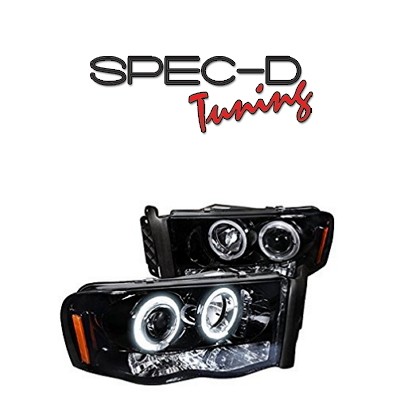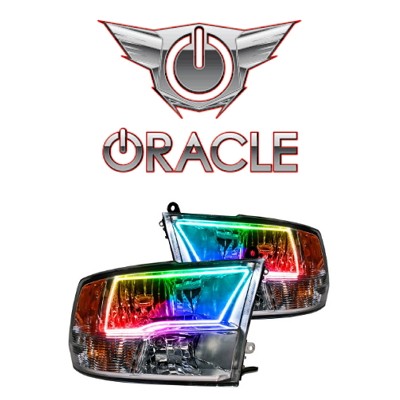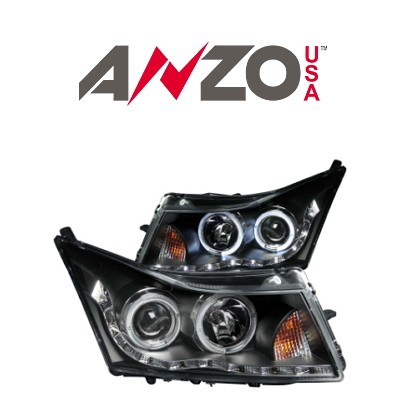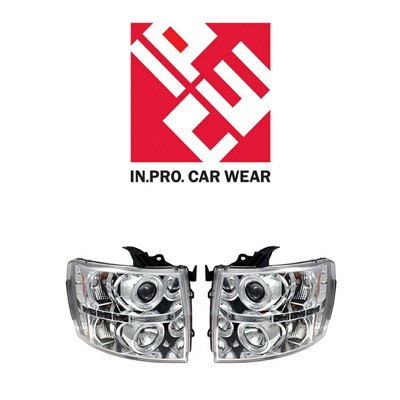The automotive lighting industry is on the brink of a revolution as we move into 2025, with cutting-edge technologies enhancing both the functionality and aesthetics of vehicle lighting systems. Spotlights for heavy-duty trucks and SUVs are no exception. Whether you’re a car enthusiast eager to stay ahead of the curve or a general consumer interested in upgrading your vehicle’s lighting, understanding the latest trends and products in spotlight technology is essential. This article will guide you through the best spotlights for 2025, focusing on specific products, comparative analyses, upcoming trends, and practical installation guidance.

Remote Control LED Spotlight for Trucks, 50W Outdoor Searchlight, 360°Rotatin...


5"& 7"&9" Spotlight For Hunting Handheld LED /HID Searchlight Torch Driving Lamp

2000LM 18W LED Work Light Zinc Alloy Flashlight Spotlight With 3 Light Modes
Top Spotlights for Heavy-Duty Trucks and SUVs in 2025
The spotlight market is brimming with advanced technologies that promise improved visibility, enhanced safety, and greater energy efficiency. Let’s delve into some standout products from leading brands.
Philips X-tremeUltinon LED Spotlight
- Wattage: 30W
- Lumen Output: 4,000 lumens
- Lifespan: 30,000 hours
- Release Date: March 2025
Philips continues to lead in automotive lighting with its X-tremeUltinon LED spotlight. Known for its impressive lumen output and long lifespan, this product is perfect for those seeking powerful illumination and durability. The spotlight features advanced cooling technology to prevent overheating, making it ideal for long-distance driving.
OSRAM Night Breaker Laser
- Wattage: 25W
- Lumen Output: 3,800 lumens
- Lifespan: 25,000 hours
- Release Date: January 2025
OSRAM’s Night Breaker Laser spotlights are designed for maximum brightness and range, making them a go-to choice for off-road enthusiasts. With a focus on high performance, these spotlights ensure exceptional visibility in the darkest conditions.
Hella Jumbo LED
- Wattage: 35W
- Lumen Output: 4,200 lumens
- Lifespan: 35,000 hours
- Release Date: February 2025
Hella’s Jumbo LED spotlight offers a perfect blend of power and efficiency. Its robust design is built to withstand harsh environmental conditions, making it a reliable option for heavy-duty trucks and SUVs. The product’s eco-friendly features are also noteworthy, aligning with the growing consumer demand for sustainable solutions.
Comparative Analysis: LED vs. HID vs. Halogen Technologies
Choosing the right spotlight technology can significantly impact your driving experience. Below is a quick comparison of LED, HID, and halogen technologies based on measurable specifications:
- LED (Light Emitting Diodes): Known for their energy efficiency and longevity, LED spotlights like the Philips X-tremeUltinon and Hella Jumbo LED are perfect for those who prioritize durability and low power consumption.
- HID (High-Intensity Discharge): While not as energy-efficient as LEDs, HID lights provide extremely bright illumination, making them suitable for off-road applications.
- Halogen: Although less common in 2025, halogen lights are the most affordable option. They offer decent brightness but have a shorter lifespan compared to LED and HID technologies.
According to the National Highway Traffic Safety Administration (NHTSA), all automotive lighting must meet specific safety standards to ensure on-road safety. This includes complying with brightness and color temperature regulations.
Trends for 2025: What’s Next in Automotive Lighting?
As we look ahead, several significant trends are shaping the automotive lighting landscape:
Smart Headlights and Adaptive Systems
Smart headlights that adjust based on driving conditions are gaining traction. These systems use sensors to detect oncoming traffic and automatically dim or adjust the beam pattern to minimize glare, improving safety for both the driver and others on the road.
Matrix Lighting Systems
Matrix lighting divides the light beam into individual segments, allowing precise control over which areas are illuminated. This technology enhances visibility without blinding other drivers, making it increasingly popular among high-end vehicles.
Eco-Friendly and Energy-Efficient Options
With a growing focus on sustainability, manufacturers are developing eco-friendly lighting solutions. These include energy-efficient LEDs and materials that reduce environmental impact. According to market projections, consumer interest in green technologies is expected to rise by 20% annually.
DIY Installation Guide: Upgrading Your Vehicle Lighting
For those who prefer a hands-on approach, upgrading your vehicle’s spotlights can be a rewarding DIY project. Here’s a step-by-step guide:
Tools and Materials Needed
- Screwdriver set
- Socket wrench
- Wire stripper
- Spotlight kit (DOT-approved)
- Electrical tape
Step-by-Step Instructions
1. **Disconnect the Battery:** Ensure safety by disconnecting the vehicle’s battery to prevent electrical shock.
2. **Remove Existing Lights:** Use a screwdriver or socket wrench to remove the current spotlights from their mounts.
3. **Install the New Spotlights:** Follow the manufacturer’s instructions to securely mount the new spotlights in place.
4. **Connect the Wiring:** Use a wire stripper to prepare the wires, then connect them according to the installation guide. Secure with electrical tape.
5. **Test the Lights:** Reconnect the battery and test the new spotlights to ensure proper functionality.
Conclusion: Make an Informed Choice
When upgrading your heavy-duty truck or SUV’s spotlights, consider factors such as brightness, energy efficiency, and durability. Products like the Philips X-tremeUltinon LED and OSRAM Night Breaker Laser offer exceptional performance and reliability. Keep in mind the latest trends and innovations, such as smart and matrix lighting, to enhance your driving experience. For more detailed information and to purchase these products, visit leading retailers like AutoZone or explore advanced online marketplaces. Remember, the right spotlight can transform your driving experience, offering both safety and style on the road.


